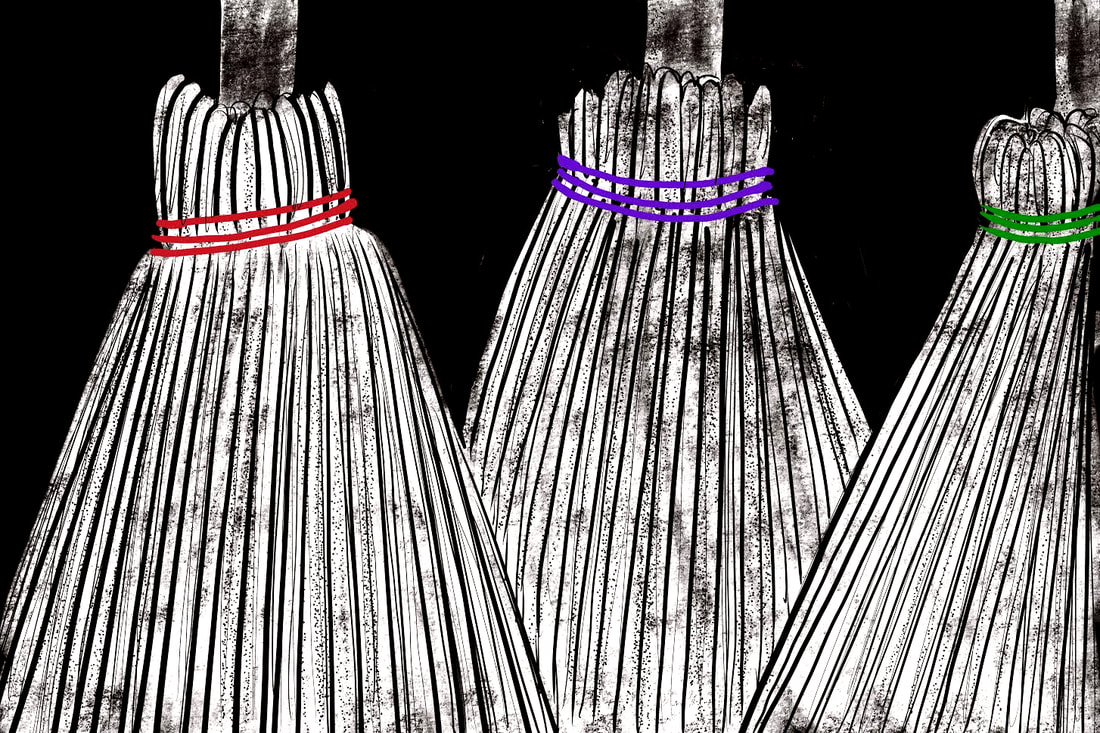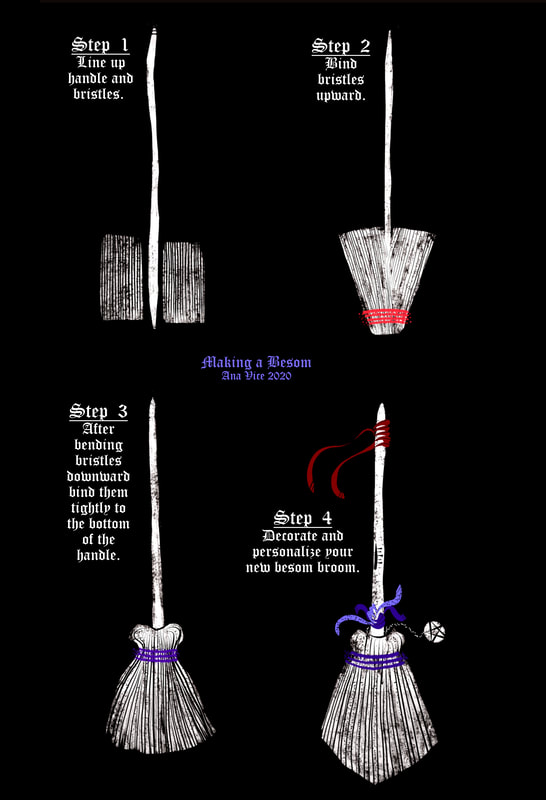|
By Amber C. Snider A certified relationship coach and psychotherapist weighs in on the “love” matter – and why you may miss out on rich spiritual opportunities by calling it quits too early. As different parts of the US begin to slowly reopen up in the ongoing wake of COVID-19, you may have noticed a new social trend: Break-ups. After spending 4+ months together in lockdown, many of those once seemingly perfect relationships are beginning to unravel and come to an abrupt end. But according to psychologist and certified relationship coach Dr. Paulette Sherman, before you take the leap to singledom, there are a few things you may want to know (and ways to grow your love relationship) before throwing in the towel and saying farewell forever. As spiritual practitioners, many of us understand the importance of uncrossing, clearing negative energy, removing blocks, and self-reflection. But when it comes to romantic love (especially when you’re emotionally stressed to the max), it can be all-too-easy to forget these same deep truths. Relationships, according to Dr. Sherman, can be a powerful vehicle for personal transformation. Our significant others act as mirrors: They reflect the good, bad, and ‘hard to look at’ parts of ourselves, including our triggers and insecurities. And sometimes seeing yourself reflected back so clearly can be intense. “One of the biggest obstacles that I find as a couples therapist and coach is ‘The Blame Game’ and the tendency for someone to think that they can just exchange their partner for someone who will make them happy,” Dr. Sherman tells me. “The reality is, most marriages have at least five unresolvable problems that stem from differences in values, personality and lifestyles. So no matter who your partner is, it’s just which issues you choose.” Since you’re going to run into a different set of unresolvable problems with someone else, figuring out your deal breakers and what you’re willing to put up with is extremely important. “Of course, there would be exceptions like physical abuse, drug abuse, cheating or things that a person may choose not to tolerate in a relationship,” she adds. But if you call it quits too early without recognizing this, we can “miss the spiritual opportunity to heal old wounds that prevent us from loving more and being our best,” she says. In her latest book, Marriage and the Law of Attraction, Dr. Sherman discusses practical and spiritual tools for making relationships work. She’s published over 20 books and this particular topic couldn’t be better timed. “It’s dismaying to see that divorce filings have gone up 40 percent and the divorce rate was already at 50 percent. Couples are now literally being confronted 24/7 by their issues, so it’s hard to ignore them or avoid them now,” she says. “When you are in a state of crisis, you have two choices—you can choose love or fear—danger or opportunity.” The pandemic has not only highlighted “incompatibility issues,” but also value differences between couples: What happens when one person takes safety precautions seriously and the other doesn’t? Add working from home together, possibly with children (with the added burden of home schooling), and/or living in small apartments, and it can become a breeding ground for restlessness and resentment. Maybe issues were already present in the relationship before, but at least people had outside distractions, friendships, and hobbies to turn to. In her book, Dr. Sherman discusses seven relationship habits (backed with research-based tools) to help couples work through their issues and stop focusing on “changing” their partner – which is a trap many of us fall into. She also focuses on the Law of Attraction: a universal spiritual principle that, according to Dr. Sherman, “supercharges” these other psychological tools. “When we align our thoughts, feelings and actions with our intention, we become powerful Creators and attractors,” she says. Some of Dr. Sherman's principles are inspired by the work of John Gottman, an American psychological researcher who wrote a number of books on relationships. The Gottman Method is about establishing a dialogue to address perpetual problems and communicate “acceptance of your partner with humor, affection, and even amusement.” Criticism, contempt, stonewalling, and defensiveness are considered the “Four Horsemen” that ultimately lead to painful "discussion gridlocks.” Now, add a global pandemic to the mix and the chances of "discussion gridlocks" are even higher. No one expected to undergo a life-changing, global pandemic with their significant other, but here we are. Dr. Sherman believes the following can help when faced with relationship difficulties: 1) Managing your emotions, thoughts, communication 2) Knowing your trigger points and places of resistance (ego) 3) Becoming a team again 4) Choosing actions that serve the relationship and 5) Learning about unconditional love and soulmates. “Couples learn to see their mate as their teacher and the relationship as the alchemical vehicle for growth,” she adds. Date nights and doing novel activities together is another positive step towards re-bonding: “Research came out that shows that women are 4x less divorce-prone if they have a weekly date night, and 3x more sexually satisfied and satisfied with their marriage overall,” she says. “Just having time away from all the stressors – and doing novel things – is better for the relationship.” Couple baths are another way to facilitate bonding. You can cook, you can dance, you can modify what a ‘weekly date night’ looks like in these [times of COVID-19].” One bad habit to watch out for is the idea that your spouse should make you happy, when in reality, we’re all responsible for our own happiness. “Research shows that your baseline happiness before marriage is your baseline happiness after marriage. But we’re told so many fairy tales about happily ever after, but ultimately it becomes a blame game,” she adds. Spiritual tools (although she can't directly integrate them into her traditional psychotherapy practice due to existing rules and ethics with APA) have been instrumental in Dr. Sherman’s personal life. After undergoing her own “dark night of the soul” with breast cancer, she relied on spirituality to get her through it. Now, she says, she feels compelled to share these gifts with others. She highlights the individual work we all have to do – whether we’re in a couple or not. Self-soothing, raising your vibrations, and maintaining your self-love, self-care, and state of appreciation are vital, Dr. Sherman notes. “Maintaining hobbies and meeting your own needs is really key,” she says. “How you shift from the inside and how you meet those needs can definitely shift your relationship and take some of the pressure off.” “Is it harder for people to work on themselves and take full responsibility when they’re traumatized? Sure, but it’s still a choice. Structure, when you’re in the middle of anxiety and chaos, can be a really good thing. Having empowering tools, so you don’t feel like a victim or helpless.”  To learn more, visit her website at www.DrPauletteSherman.com. We also recommend checking out Dr. Sherman's The Book of Sacred Baths: 52 Bathing Rituals to Revitalize Your Spirit (published by Llewellyn), as well as her new podcast ‘The Love Psychologist’ now available on iTunes and Stitcher.
3 Comments
By Ana Vice The history, folklore, and magick behind the witch’s besom – and how to make your own. The vision of witches flying on broomsticks beneath a moonlit sky is an enchanting one. Besom brooms (aka witch’s besom or witch’s broom) come in various shapes and sizes, and often are synonymous with female liberation and the witch archetype. But both masculine and feminine qualities are apparent within the besom: The masculine aspect is attributed to the handle, while the feminine is attributed to the bristles. A besom is said to be linked with the elements air (flight and spirits) and water (cleansing and purification) making it a great uncrossing tool to clear negative energies and bad juju from the home. It can be utilized for sweeping a ceremonial or sacred space before or after a ritual and also for opening or closing a magical circle. Bristles in an upward orientation ward off evil and bring good luck. Besoms have been used for centuries and were even mentioned in the Old Testament (Isaiah 14:23). Celtic peoples associated the besom broom with the Fae (Faeries); Some believed that the Fae would direct a witch to a good tree in order to obtain wood for their besom. Besoms are also commonplace during handfasting rituals. There are different ways of making besoms if you don't want to purchase one. One way is to use birch twigs (or brush corn), ash (alternatively use cedar, hazel, or oak) wood for the handle, and a binding made from willow or heavy twine. According to the Chicago Botanic Garden, Benjamin Franklin is “credited with first bringing broomcorn to the United States,” which became a useful alternative to twigs when making besom bristles. In the 1700s non-magickal besoms were used regularly and even written about in popular culture. In Scotland, Robert Burns wrote a poem that was made into the song “Broom Besoms” and William Purvis wrote “Buy Broom Buzzems” which became popular in the late 18th century. In England, broom making was done by besom squires, but people made their own brooms, too. The first documented person to use a besom broom was Guillaume Edelin in 1453 AD (CE). It was rumored that Guillaume called himself a witch. Artwork from 15th century Europe depicts witches flying on brooms and later woodcuts in A History of Witches and Wizards 1720 AD (CE), as well. Since witches have long endured persecution, the besom became a way of keeping treasures and secrets hidden. Wands, herbs, and vials containing potions could be put safely in the besom’s bristles. It has been reported that some larger besoms even had hidden compartments. Others believe that spirits could be temporarily kept in a witch’s besom. The use of flying ointments and brooms led to the concept of a “witch in flight.” Flying ointments often had ingredients that were hallucinogenic, so a witch could use visualization techniques to imagine flight and go on a spiritual journey or change their state of awareness. Johannes Hartlieb, a 15th century Bavarian physician, wrote a compendium on herbs called the Puch Aller Verpoten Kunst, Ungelaubens und der Zaubrey that contains the oldest known description of witches' flying ointment. One of the most feared, yet respected witches found in Slavic and Russian folklore is the crone Baba Yaga. She is well-known and is said to hold Goddess attributes and power over the elements: earth, fire, water, and air. As she flies through the air inside her mortar, she wields a pestle in one hand and a broom to sweep the path behind her in the other. Crows and owls fly by her side. She appears as a crone and has been said to eat children, but also act as a spiritual guide to those who were courageous and clever enough to ask her in the correct way. Powerful and wise, she has been said to guard the doorway to the Otherworld and control the passage of the dead back and forth across its borders. Some believe she has power over life and death. These days the besom broom has been revived in films like Bedknobs and Broomsticks with Angela Lansbury and stories like the Harry Potter book series (where the Nimbus 2000 was all the rage). Today besoms are sold at gardening supply stores, occult shops, and markets. Cinnamon besoms can be bought from Trader Joe’s and other kinds from Amazon or Etsy. Here’s What You Need To Create Your Own… Supplies
Making Your Besom Broom
Want to read more about the art of spiritual cleansing? Check out this story on ways to smudge your home without the use of sage.
|
Archives
April 2024
MastheadPublisher Categories |



 RSS Feed
RSS Feed